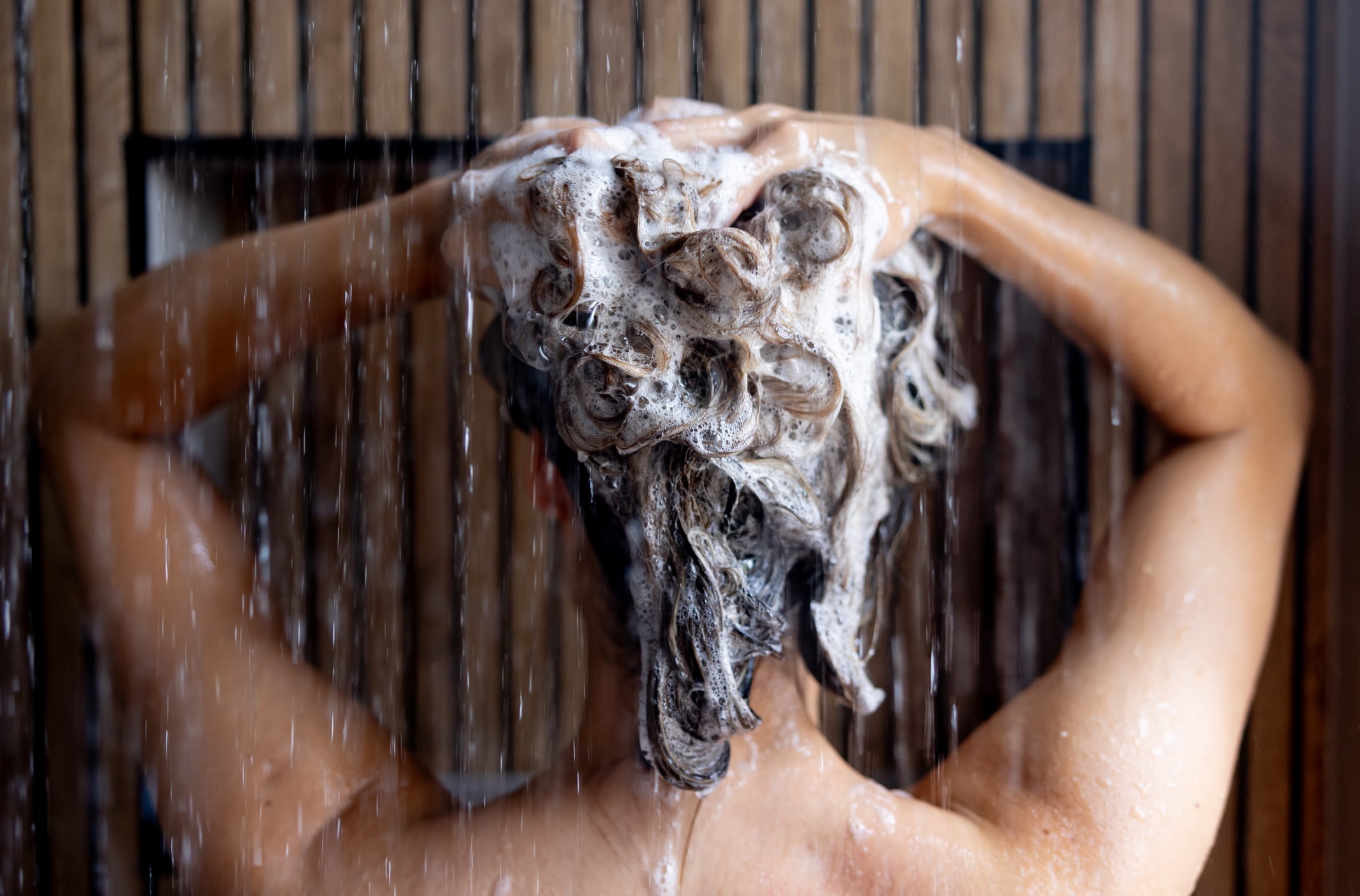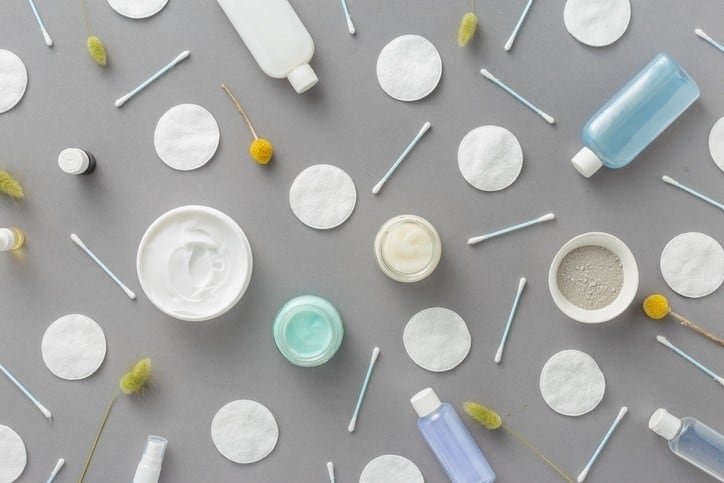These are two key factors that contribute to hair loss.
The research tracked 30 adults with self-reported hair-thinning over three months. It focused not only on standard clinical indicators such as hair count and shedding, but also analysed scalp bacteria, fungi, and lipid molecules.
The shampoo used in the study contained 0.4% caffeine and 0.2% adenosine, which were chosen based on previous research showing their ability to stimulate hair follicles.
The participants used the shampoo four times a week for 12 weeks, applying two pumps per wash.
Before the single-blind trial began, all participants went through a two-week wash-out period using a placebo version of the shampoo with no active ingredients. This ensured any effects observed came solely from the test formula.
Both shampoos were provided by Unilipo Company, a Beijing-based manufacturer specialising in active cosmetic ingredients.
Hair loss improvements go hand-in-hand with biological changes
At the end of the study, the experimental group using the active shampoo showed a significant drop in shed hairs and a boost in hair density. However, what caught researchers’ attention was the parallel shift in scalp biology.
Three microbial species known to be associated with poor scalp health — Pseudomonas, Escherichia-Shigella and Malassezia — saw reduced numbers, while levels of Cutibacterium and Talaromyces rose. These changes may have signalled a rebalancing of the scalp’s microbial community toward a healthier state.
Cutibacterium is commonly associated with skin health and often found in higher levels on healthy scalps. In contrast, Malassezia is a fungus linked to dandruff and inflammatory skin conditions. Its drop in abundance could help explain why fewer hairs were shed by the end of the study.
Scalp lipid profile shows distinct shifts
Researchers tracked nearly 2,500 different lipid types using ultra-high-performance liquid chromatography and mass spectrometry.
Subsequently, they found that alongside microbial changes, the shampoo also altered the scalp’s lipidome — the full range of fat-based molecules on the skin.
The researchers found meaningful changes in four key lipid groups: triglycerides (TGs), diglycerides (DGs), ceramides (Cers), and ceramide-1-phosphate (CerP). These molecules are important for maintaining the skin’s barrier, regulating inflammation, and supporting cell health.
Notably, the study showed a decrease in lipid species linked with inflammation and a boost in those associated with stronger barrier functions.
Microbe-lipid links offer insight into how the formula works
The researchers went further to connect the dots between microbial and lipid shifts. For example, they found Escherichia-Shigella levels to be positively correlated with triglycerides that declined during the study. On the other hand, Talaromyces was tied to increased lipids.
This means certain microbes could either cause or benefit from the changes in scalp oils. By disrupting this ecosystem, caffeine and adenosine may push the scalp into a more hair-friendly state.
In addition to washing the scalp, the shampoo in the study may also influence which microbes thrive and which lipids accumulate. This dual impact might be key to stopping hair loss early.
The broader market
Hair loss affects a wide population globally, with current treatments like minoxidil and finasteride often requiring long-term use and causing side effects. As a result, the industry has seen a growing interest in natural or cosmetic alternatives.
Shampoos with actives like caffeine are already on the market, but many lack robust clinical evidence. This study could fill that gap with scientific data.
While caffeine is known to stimulate hair follicles by blocking the effects of dihydrotestosterone (DHT), adenosine works through a different pathway, stimulating fibroblast growth factors involved in hair cycle regulation.
Based on the present study, the combination of the two appeared to create a stronger response than either one alone. In previous trials, products with both ingredients increased hair density by up to 55% in just weeks.
Limitations and next steps
The researchers acknowledged the study’s small size and gender imbalance (more female than male participants), which may have limit their ability to generalise the results. However, they stated their plan to conduct larger studies with more diverse subjects, and explore deeper metagenomics to confirm the microbial functions involved.
They also intend to test whether changes in lipids and microbes are lasting, or revert after stopping the shampoo. Understanding how different scalp types respond and how long the effects last, will likely aid in the design of better, more personalised treatments.
They concluded: “Further studies involving more subjects are needed to better comprehend the underlying mechanisms of caffeine and adenosine with respect to the scalp microbiome and lipids. We also accept that 16S rDNA amplicon sequencing is of limited value in inferring the functions of microbes, compared with deep metagenomics sequencing.
“Therefore, it is necessary to conduct larger in vitro and in vivo studies using multi-omics techniques to further explore the molecular mechanisms of caffeine and adenosine in the treatment of hair loss.”
Source: International Journal of Cosmetic Science
“The effects of caffeine and adenosine on the microbiome and lipidome of the scalp”
https://doi.org/10.1111/ics.13072
Authors: Fengzhu Li, et al.




